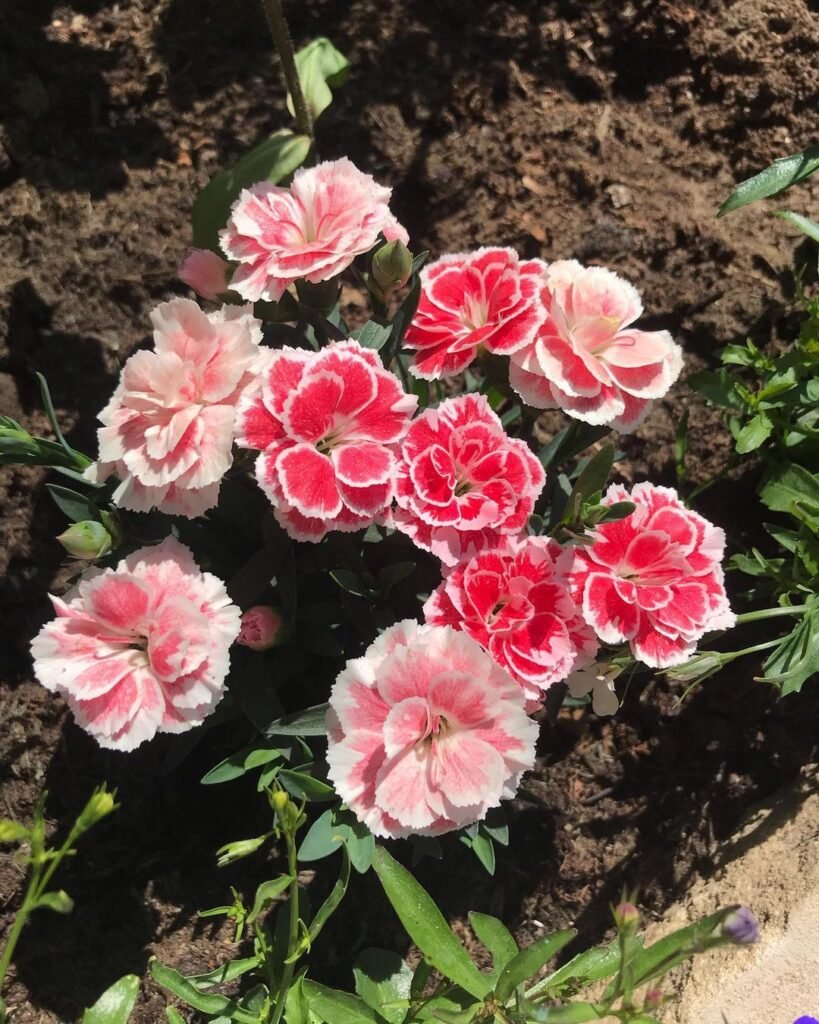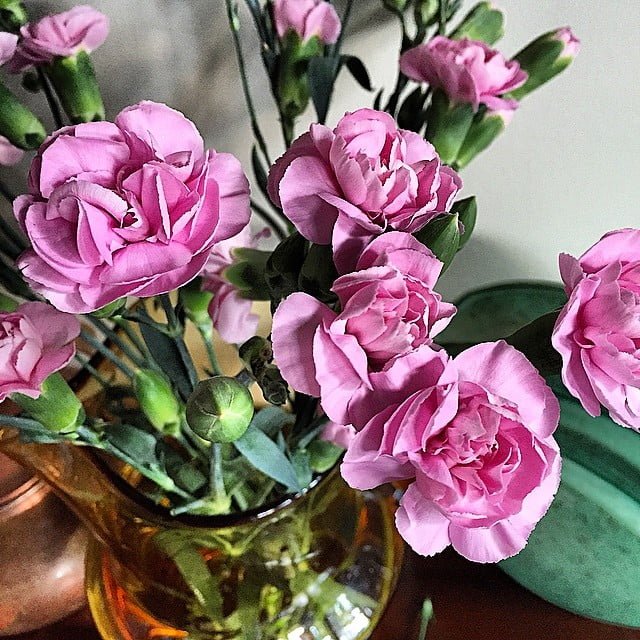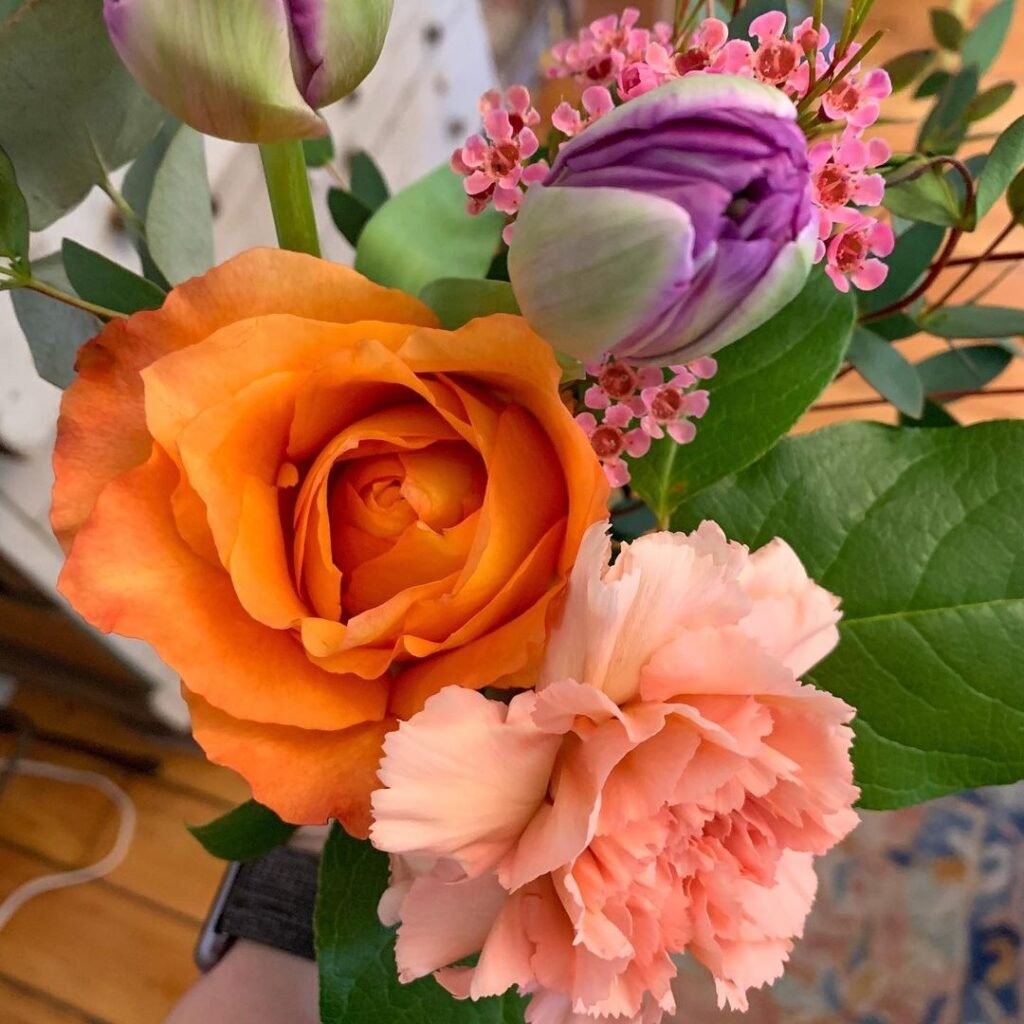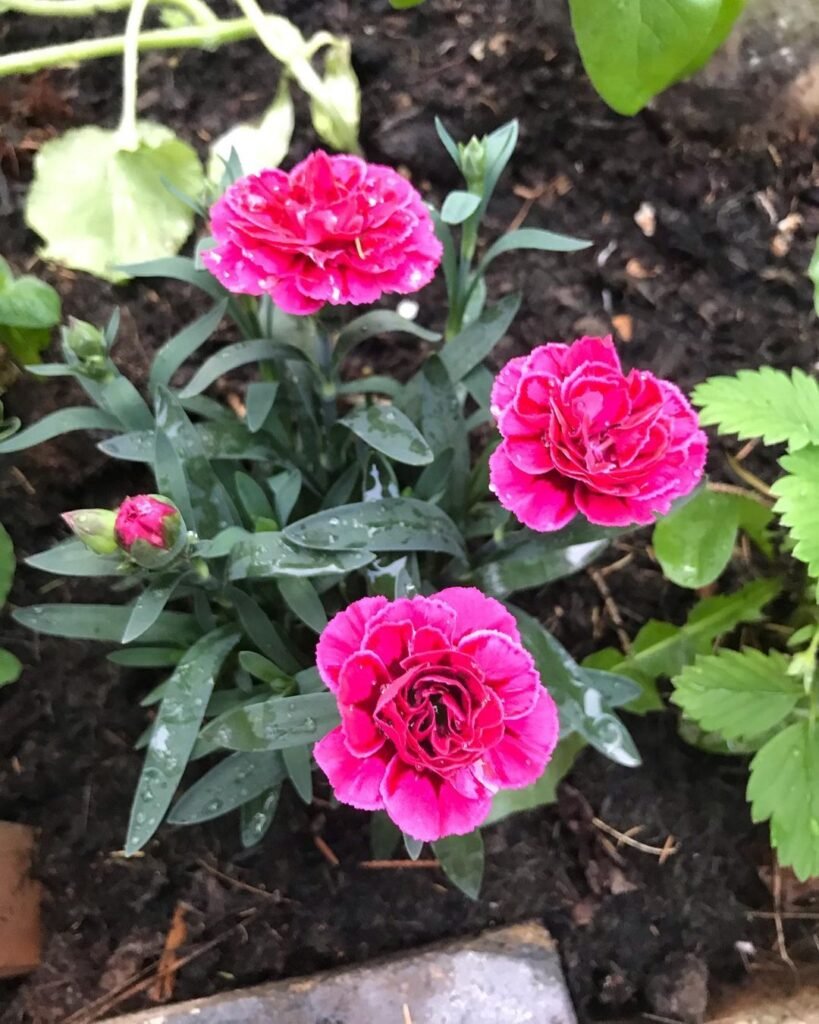Discover the joy of growing carnations with our ultimate guide. From planting to care, we’ll cover everything you need to know to cultivate these beautifully scented flowers in your own backyard.
The Ultimate Guide to Growing Carnations

Carnations are a timeless favorite among gardeners and flower enthusiasts alike. With their vibrant colors, delightful fragrance, and long-lasting blooms, these versatile flowers add a touch of elegance to any garden or bouquet. Whether you’re a seasoned green thumb or a beginner, this ultimate guide will equip you with the knowledge and tips you need to successfully grow carnations that will be the envy of your neighborhood.
Here’s the information for Carnations:
| Aspect | Information |
|---|---|
| Botanical Name | Dianthus caryophyllus |
| Plant Type | Perennial (often grown as annuals or biennials) |
| Zones | 6-9 |
| Exposure | Full Sun |
| Bloom Time | Spring to Summer, with some varieties blooming into fall |
| Height/Spread | Typically 1-3 feet tall, spreading 1-2 feet wide |
Understanding Carnations

Before we dive into the nitty-gritty of growing carnations, let’s start with a brief introduction to these beloved flowers:
Carnations belong to the Dianthus genus, which includes over 300 species of flowering plants. They are native to the Mediterranean region but have been cultivated worldwide for centuries. The name “carnation” is derived from the Greek word “carnis,” meaning flesh, referring to the original pinkish hue of the flowers.
These hardy perennials come in a wide range of colors, including red, white, pink, yellow, and even bi-colors. They are prized not only for their beauty but also for their long vase life, making them a popular choice for cut flowers and bouquets.
Choosing the Right Variety

With so many carnation varieties available, it can be overwhelming to choose the right one for your garden. Here are a few popular options to consider:
- Standard Carnations: These are the classic, full-sized carnations that most people are familiar with. They come in a wide range of colors and are ideal for both garden displays and cut flowers.
- Dwarf Carnations: As the name suggests, these are smaller versions of standard carnations, growing only 6 to 12 inches tall. They make excellent choices for rock gardens, borders, or containers.
- Spray Carnations: These varieties produce multiple, smaller blooms on a single stem, creating a bushy, full appearance. They are perfect for adding texture and volume to floral arrangements.
- Perpetual Carnations: These varieties bloom continuously throughout the growing season, providing an endless supply of fresh flowers.
Once you’ve chosen your preferred variety, it’s time to start planning your carnation garden.
Planting Carnations

Site Selection
Carnations thrive in full sun, so choose a location that receives at least six hours of direct
per day. They also prefer well-draining soil that is slightly alkaline, with a pH range of 6.5 to 7.5. If your soil is too acidic, you can amend it with lime or wood ash.
Planting from Seeds
Carnations can be grown from seeds, but the process is a little more involved than planting established plants. Start by sowing the seeds indoors about 8 to 10 weeks before the last expected frost date. Use a seed starting mix and keep the soil consistently moist. Once the seedlings have developed their first set of true leaves, transplant them into individual pots or containers until they are ready to be planted outside.
Planting from Nursery Plants
For quicker blooms and easier establishment, consider purchasing nursery-grown carnation plants. Plant them in early spring or fall, spacing them 12 to 18 inches apart. Dig a hole twice as wide as the root ball and set the plant at the same depth it was growing in the container. Water thoroughly after planting.
Caring for Carnations
Watering
Carnations prefer consistently moist soil, but they don’t like to sit in waterlogged conditions. Water them deeply, about once a week, or whenever the top inch of soil becomes dry. Avoid wetting the foliage, as this can promote fungal diseases.
Fertilizing
For abundant blooms and healthy growth, carnations benefit from regular fertilization. Use a balanced, slow-release fertilizer or compost tea every 4 to 6 weeks during the growing season. Avoid over-fertilizing, as this can lead to lush foliage growth at the expense of flowers.
Deadheading
To encourage continuous blooming, it’s essential to deadhead spent carnation flowers. This means removing the faded blooms by snipping them off just below the flower head. This prevents the plant from setting seed and redirects its energy into producing more buds.
Staking
As carnations grow taller, they may require staking or support to prevent the stems from toppling over, especially after heavy rain or wind. Use sturdy garden stakes or a tomato cage to gently support the plants without damaging them.
Overwintering Carnations
In most climates, carnations are treated as annuals or biennials, meaning they need to be replanted each year. However, in mild winter regions (USDA Hardiness Zones 7-10), carnations can be overwintered and grown as perennials.
To overwinter your carnations, follow these steps:
- After the first hard frost, cut back the foliage to about 4 inches above the ground.
- Apply a thick layer of mulch (4 to 6 inches) around the base of the plants to insulate the roots.
- In early spring, remove the mulch and wait for new growth to emerge.
Troubleshooting Common Issues
Pests and Diseases
While carnations are generally hardy plants, they can be susceptible to a few common pests and diseases:
- Aphids: These small, sap-sucking insects can stunt plant growth and spread viruses. Use insecticidal soap or neem oil to control them.
- Fungal Diseases: Powdery mildew, rust, and leaf spot are common fungal issues. Proper spacing, good air circulation, and avoiding overhead watering can help prevent these problems.
- Viral Diseases: Carnation viruses can cause stunted growth, discolored leaves, and deformed flowers. Unfortunately, there is no cure for viral infections, so infected plants should be removed and destroyed.
Environmental Stress
Carnations can also suffer from environmental stresses like extreme heat, drought, or cold temperatures. Provide adequate water during hot, dry periods and protect plants from frost or freezing temperatures.
Harvesting and Enjoying Your Carnations
One of the best parts of growing carnations is enjoying their stunning blooms and intoxicating fragrance. Here are a few tips for harvesting and displaying your carnations:
- Cut flowers in the morning or evening when temperatures are cooler.
- Choose stems with buds that are just beginning to open for the longest vase life.
- Use sharp, clean pruners or scissors to make a clean cut.
- Immediately place cut stems in a clean vase or container filled with fresh, cool water.
- Change the water every few days and remove any faded or wilted blooms to extend the life of your bouquet.
With their versatility and timeless beauty, carnations are a must-have for any garden. By following the tips and advice in this ultimate guide, you’ll be well on your way to cultivating a vibrant, fragrant display of these beloved flowers that will bring joy to you and your guests for years to come.
Pingback: Foxgloves: The Complete Guide to Growing and Caring
Pingback: 15 British Garden Birds You Can Find in Your Garden -
Pingback: Butterflies : The Ultimate Spotter’s Guide to Winged Wonders
Pingback: Everlasting Daisies : The Essential Guide to Growing & Caring